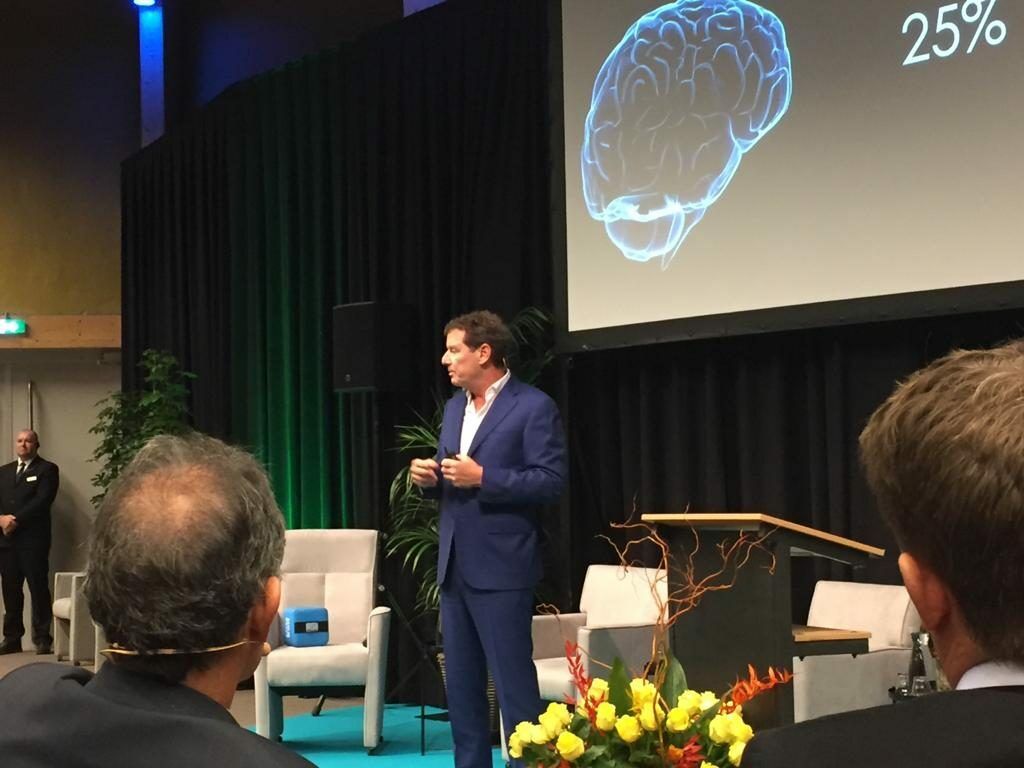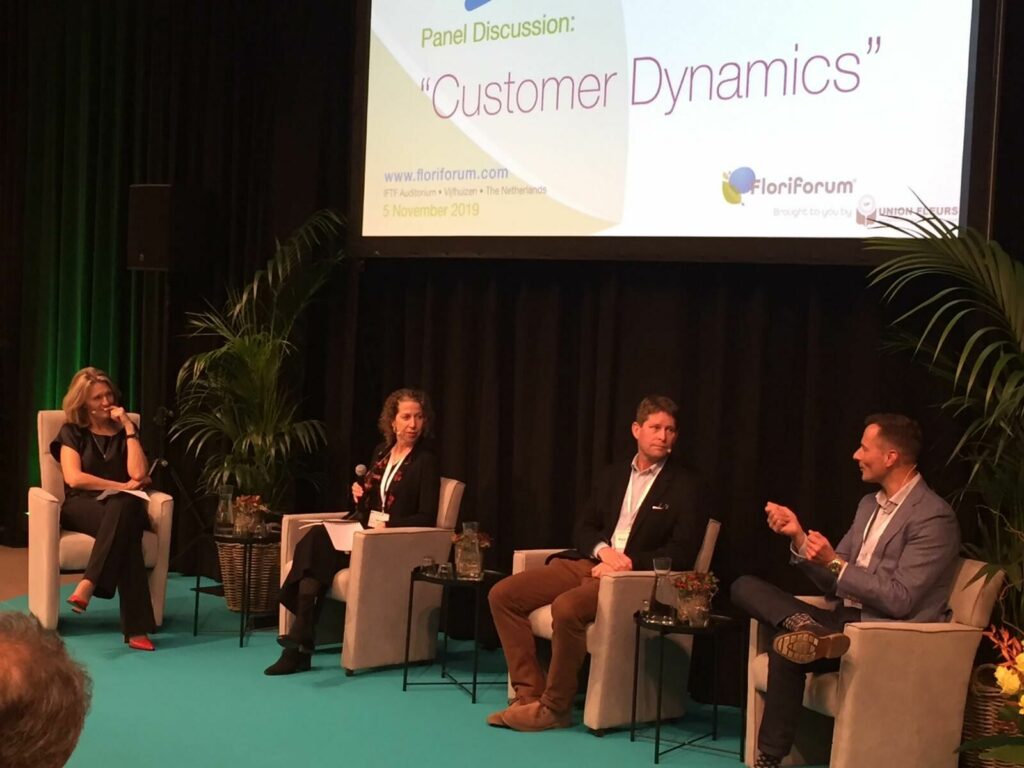Neuroscience is still relatively new. But even if it’s only 15 years old, the field of study is used more and more in marketing campaigns. Like in those of the Flower Council of Holland, for example. Does it turn marketing into higher mathematics? No, it doesn’t, but it does refine.
What goes on in the brains of a consumer? That was the question that speaker Martin de Munnik, CEO of Neurensics, set out to answer at Floriforum, organized by Union Fleurs and IFTF. Information that marketeers would be interested in, especially when you realise that 80% of all new products fails within two years.
6,000 per second
How do consumers move from not buying to buying? What makes them decide to buy product A instead of product B? The human brain never stops working. People make 500 million decisions a day, that’s 6,000 per second. A simple action like placing a finger on a keyboard requires 600 decisions.

So, it’s complicated, but there’s a bright side. Marketeers only need to know what goes on in the subconscious mind of that 1.5 kg of water and fat, explained De Munnik. 95% of all decisions are made subconsciously. Only 5% of the decisions made by human beings are conscious decisions. It makes you wonder whether the idea of a person’s free will exists at all.
What’s clear though, is that the subconscious mind is important. It consists of three parts: the nucleus accumbens (where dopamine is released), the mirror neuron system and the medial prefontal cortex. That’s the terminology. What do the different parts do? In short, they make that people want rewards, copy others and that their emotions play a role in their purchasing behaviour. If you want a successful marketing campaign, it’s important to activate these three human desires.
Tulip campaign
As for rewards, what people are looking for is an instant reward. Two years ago, De Munnik conducted a study among 300-500 people for a tulip campaign. The problem with tulip bulbs is that the consumer has to plant them in the ground without being able to see a result until six months later. So, it’s important to make the planting enjoyable too. That way, the reward system in the consumer’s brains will be activated twice. At the time of planting and at the time of flowering.
When it comes to the mirror neuron system, this can perform differently in different people, ranging from not working at all in a person with autism, to working extremely well in a very talented actor for example, explained De Munnik. However, most consumers don’t have autism but are copycats imitating the behaviour of other people, especially those in the same age category. “As a result, it’s more effective to think in age groups than in target groups.” A practical example of this type of copying behaviour: if an advertisement shows someone buying a single flower, consumers will also buy more single flowers instead of large bouquets. De Munnik: “You’ve got to show the consumer what you want him to do.”
Too many negative emotions
The third aspect that’s important in advertising campaigns is emotions. An effective campaign contains many positive emotions. Lust, for example. That’s why so many car ads have a beautiful woman standing next to a car.

Dennis van der Lubbe, director of the Flower Council of Holland, demonstrated how the promotion agency has been using neuromarketing. The original version of a video for the ‘We need more flowers’ campaign for example, contained too many negative emotions. It showed a funeral, and the voice-over sounded hysterical. Furthermore, the last 4 seconds of the video contained 13 scenes. All in all, it was too much and too negative. They decided to delete some of the darker scenes and facial expressions and changed the ending into something less hysterical. After that, the ‘We need more flowers’ advertisement fulfilled all the neuromarketing requirements.
So, does neuromarketing turn marketing into higher mathematics? No, but it can refine a marketing campaign and provide a scientific foundation.




